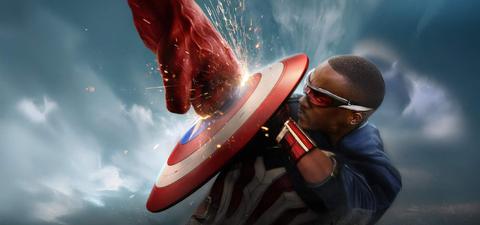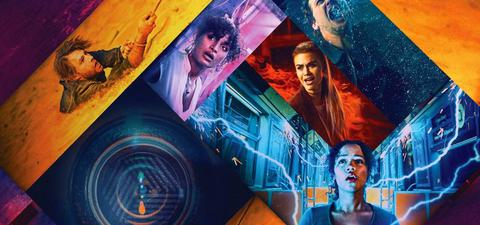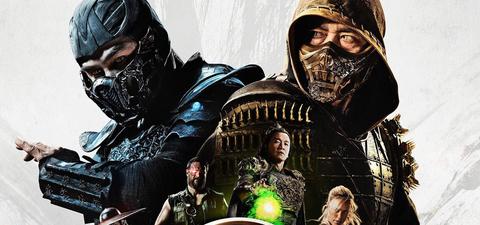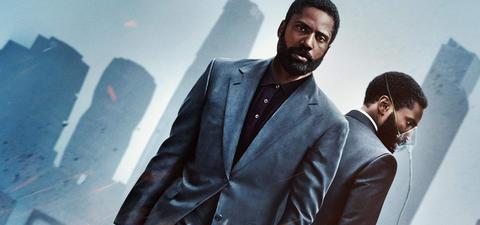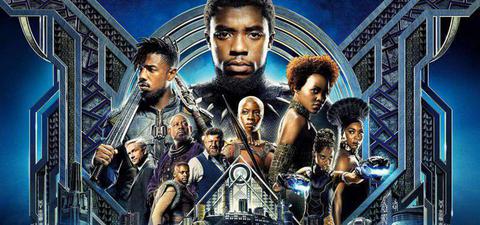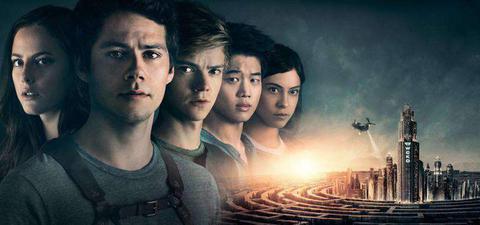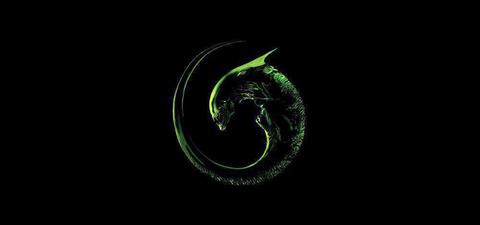Godzilla: King of the Monsters (2019)
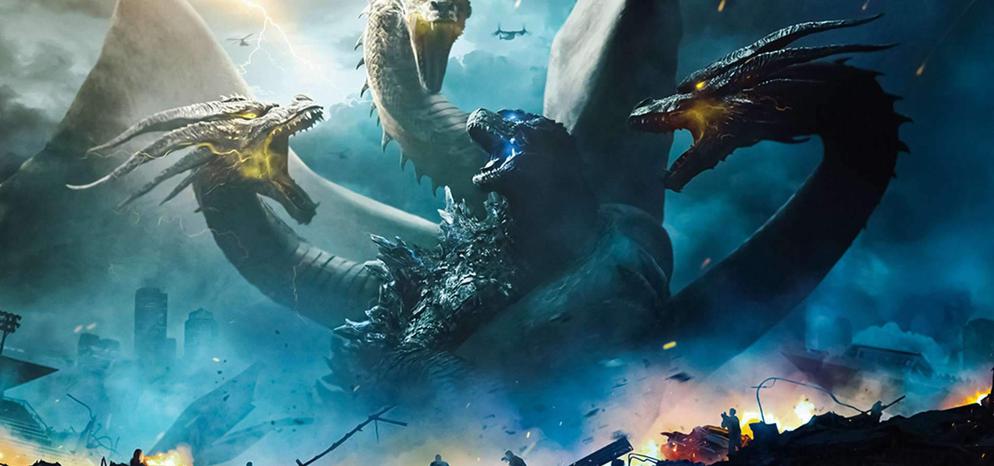
How do you even make a sequel to both Godzilla (2014) and Kong: Skull Island given how different those films were? Godzilla: King of the Monsters answers this question by keeping everything that works and cranking the monsters up to 11, and that isn’t a bad answer at all.
So what exactly is it that works? Massive world-building, thought-provoking narrative, and intense-but-short giant-monster fights! King of the Monsters really excels where the vast majority of sequels fail by diving headfirst into the logical conclusions of its predecessors. We are immediately introduced to an Earth that is covered in Titans that are waiting to be released and reshape the entire cinematic universe.
You don’t go back to the way things were. You change everything and shift the nature of the setting to embrace the premise. This is something that I’ve been wanting Jurassic Park to do for over 20 years, but they keep just rebuilding the park and telling the same story. In King of the Monsters it is refreshing to see that everything that came before now built up to something and get rewarded with that kind of insanity. There are monsters everywhere and they are glorious!
In addition to this radical worldbuilding, King of the Monsters also follows up on Skull Island’s willingness to say something. Godzilla films have historically framed the monster as a metaphor for national traumas. Skull Island dug hard into the lasting psychological damage of Vietnam on the American thought process. King of the Monsters reframes Godzilla to a more modern American trauma and it asks two very interesting things: How do western cultures see their trauma differently from eastern countries and can you move forward as a culture by learning to make peace with the cause of your trauma?
Unfortunately, I don’t think King of the Monsters addresses its questions as elegantly or as well as Skull Island did. While they’re there, and I give points to that, the focus has shifted more to the Titans. For a lot of people, that will probably work, but for me, I think this sets the film back just a little bit.
King of the Monsters puts its philosophy just behind the main event: the fights. And oh-my-god, the fights… they are glorious! Director Michael Dougherty uses the clashing of its titans as punctuation. These monsters crash together in violent outbursts that tie together the story effectively without overpowering the story. I have so much respect for a director who appropriately paces their action so that it is used to move the story forward rather halt it for visual indulgence.
As much fun as I had, though, it did feel something was missing. Maybe it was the slightly less effective use of its themes or possibly that King of the Monsters doesn’t push the boundaries narratively in the same way that Skull Island did. Either way, I did leave the theater wishing that there were just a little something more and feeling slightly unfulfilled. I don’t think this will bother most viewers, it was slight and difficult to enumerate, but palpable.
This has already been a crowded blockbuster-filled summer, but despite that Godzilla: King of the Monsters stands out. If you liked Skull Island, or haven’t given the franchise a chance since the 2014 film, King of the Monsters is worth watching and will likely stick with you for years to come.
| Final Verdict: | An excellent film that uses the best parts of its predecessors. |
| Rating: | B |
